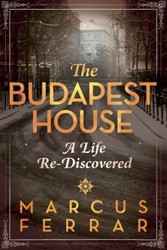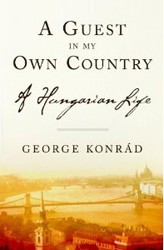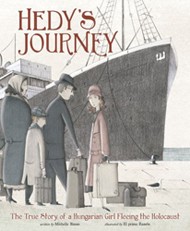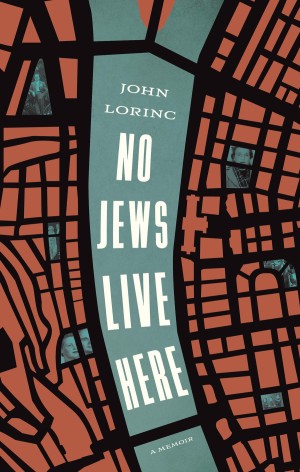Rezső (Rudolph) Kasztner was one of the most controversial Jewish leaders to emerge from the Shoah. A vice-chairman of the Budapest Jewish Rescue Committee, the Zionist Kasztner became during the last year of the war a key person in the negotiations with the SS, particularly Adolf Eichmann and his deputy Dieter Wisliceny, to save Hungarian Jewry. Germany occupied Hungary on March 19, 1944 and soon initiated a massive and rapid deportation of Hungarian Jews to Auschwitz, 437,000 people from May 14 – 15 to July 9, 1944 (57 days). Kasztner is either glorified as a courageous Jewish leader who managed to save over 1,600 Jews chosen by a committee headed by him and Chairman Ottó Komoly on the “Kasztner train” that spirited them from Hungry to Bergen-Belsen and eventually to Switzerland, or a traitor who negotiated with the Nazis to save his own family, wealthy Jews, and Zionists. In addition to making this deal with the SS, he is accused of not informing the Jewish population that the destination of the deportation trains was Auschwitz and thereby not encouraging escape or resistance. In the 1950’s many in Israel vilified him as a collaborator. Kasztner was murdered in Tel Aviv in 1954 following a spectacular postwar libel trial in which he had tried to defend his good name. The Israeli Supreme Court was debating Kasztner’s appeal when he was killed. Its final verdict exonerated him from all accusations except that he helped Nazis escape from justice.
Today scholars recognize the impossible moral choices and dilemmas that leaders like Kasztner faced and see him in a more nuanced light and his report, published in German in 1946 and now presented for the first time in English with a scholarly introduction, is one of the main reasons for that re-evaluation. The controversy will remain, but the report will now give a wider English-reading audience access to his perspective and provide balance. It is not without bias and certain errors but it does provide a window into those treacherous months and a perspective on the process of negotiations of the Budapest Rescue Committee with Eichmann, Wisliceny and others that determined the composition and fate of the passengers on the “Kasztner train.” On the train were Kasztner’s family and friends from Cluj, but in the main the group consisted of representatives from all political and religious factions, urban and rural Jews, as well as wealthy people who paid large sums to help subsidize the others.
Was he a traitor or a hero? Kasztner’s Report is an important and indispensable source for those who want to make an informed judgment on what happened in Hungary in the spring and summer of 1944, on what was possible and what probably was not. As Kasztner wrote in the report, “rather than having the courage to die, it was necessary they have the courage to assume responsibility. For us, there could be no higher reward than the satisfaction of keeping alive a part, albeit a small part, of European Jewry condemned to death…”





